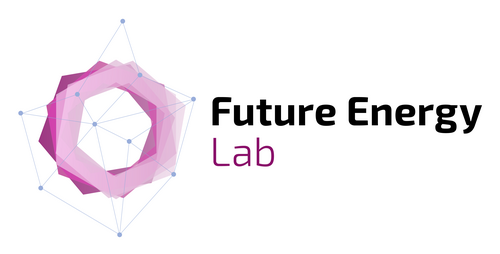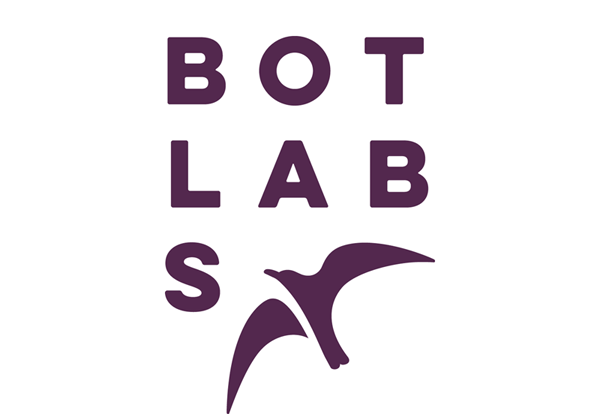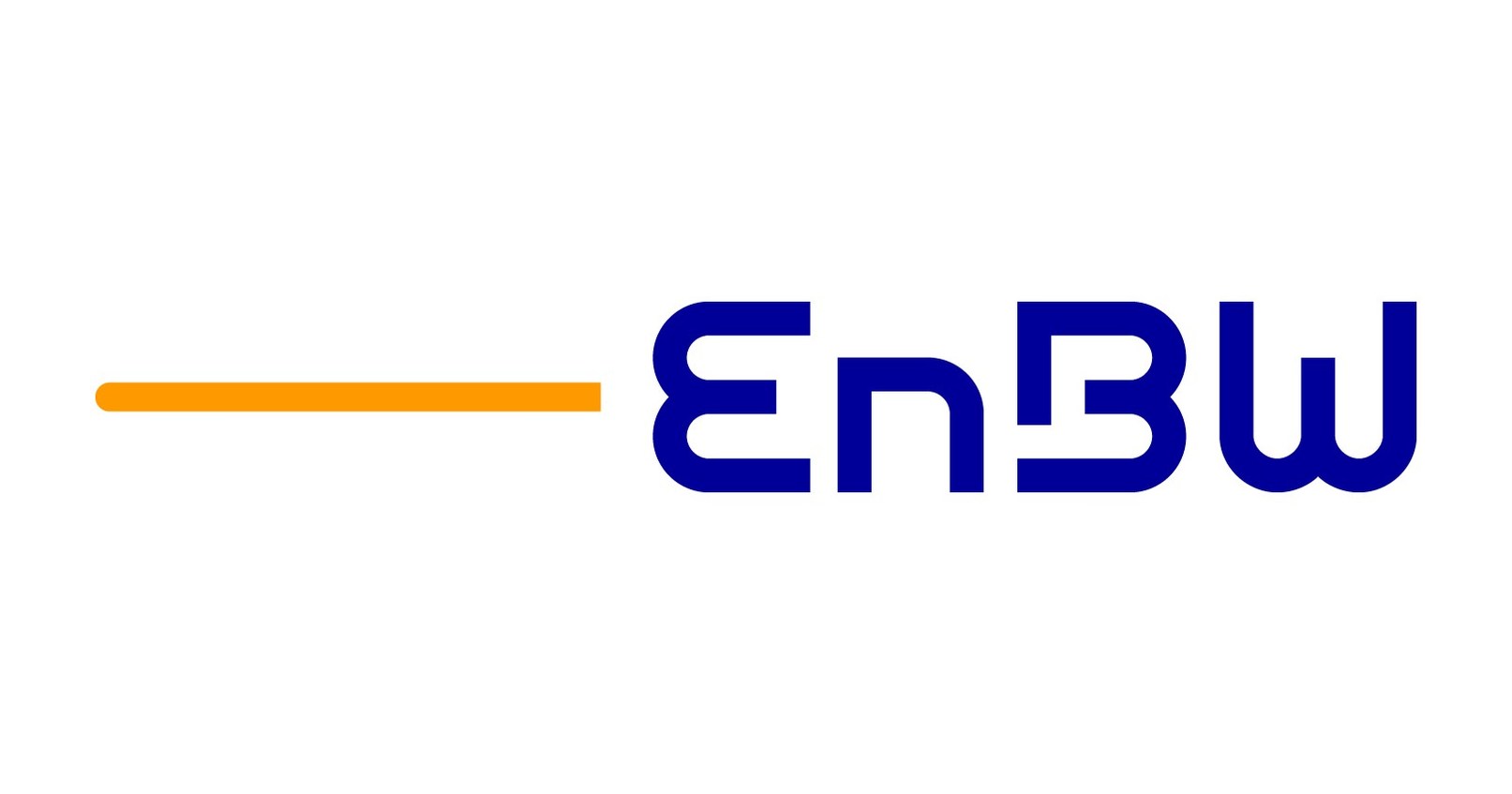
The energy system is undergoing the greatest upheaval in decades: In order to achieve climate neutrality, renewable energies in Germany must be expanded massively. Instead of a few large power plants as in the past, electricity will increasingly be generated by wind turbines, solar parks and also small roof and balcony solar systems. Specifically, this means that there will be more and more decentralized systems with a relatively low capacity of power generation. On the consumer side, charging stations for electric vehicles, heat pumps or home storage must also be integrated into the system.
Owners of small power generation plants consume the electricity themselves or feed it into the grid. Therefore, the devices are available for various applications (e.g. self-consumption and grid feed-in). In terms of an efficient energy system, the change between these applications has to be automated: If a feed-in is to take place to maintain grid stability, it is automatically determined whether the decentral plant is available or not. A manual change is error-prone, expensive and does not offer the necessary flexibility and speed. Applied to the millions of small plants in our energy system, a digital solution is required.
For this automatic change, however, trust and certainty that a plant actually exists and can feed in a certain amount of electricity at a time are needed. This is where the project Digital Identities as Trust Anchors in the Energy System (DIVE) comes into play: The project investigates how systems or devices in the energy system can be equipped with secure digital identities. It will also clarify which structures are required for the associated identity management.

Digital Identities
A digital identity is comparable to an analog identity (e.g. ID card). It also consists of a unique number (e.g. identity card number, ID) and further properties (e.g. name, place of residence), with the difference that it exists and is managed digitally. As with an analog identity, a digital identity has recognized authorities that can issue and revoke the identity or certain associated attributes (e.g. driver’s license). The aim is that the verification of an identity and the associated properties (does the system actually exist? Are the specified properties such as the power and the location true? Is the system actually available?) can be automated in the energy system of the future. This ensures, for example, that the system is not scheduled for two applications at the same time and enables switching between different use cases almost in real time. For customers in particular, this can mean significant cost savings, for example if excess electricity in the grid is absorbed by their own home storage system or the PV roof system feeds in during bottlenecks.
The DIVE project builds on the previous Blockchain Machine Identity Ledger (BMIL) project, in which the technical feasibility of connecting a decentral plant to a decentralized identity registry was shown.
The aim of the DIVE project is to build on the knowledge gained and to test decentralized identity management using application-oriented scenarios. Specific use cases that are tested in the project are proof of origin, the participation of small systems in flexibility markets and the rapid change of suppliers at e-charging stations. In addition, all steps up to a broad implementation are presented in a transformation path, so that it is possible to build an ecosystem and roll out further applications.

The project will run from June 2023 to December 2024.
Project Partner
Forschungsstelle für Energiewirtschaft e.V., Energy Web, Oli Systems, BOTLabs, fieldfisher, Fraunhofer FIT
Associated Partner
CHARGING RADAR, EnBW Energie Baden-Württemberg AG, Equigy, Numbat, TenneT TSO, TH Ulm, TransnetBW GmbH, 50Hertz Transmission GmbH, SMA Solar Technology AG
















